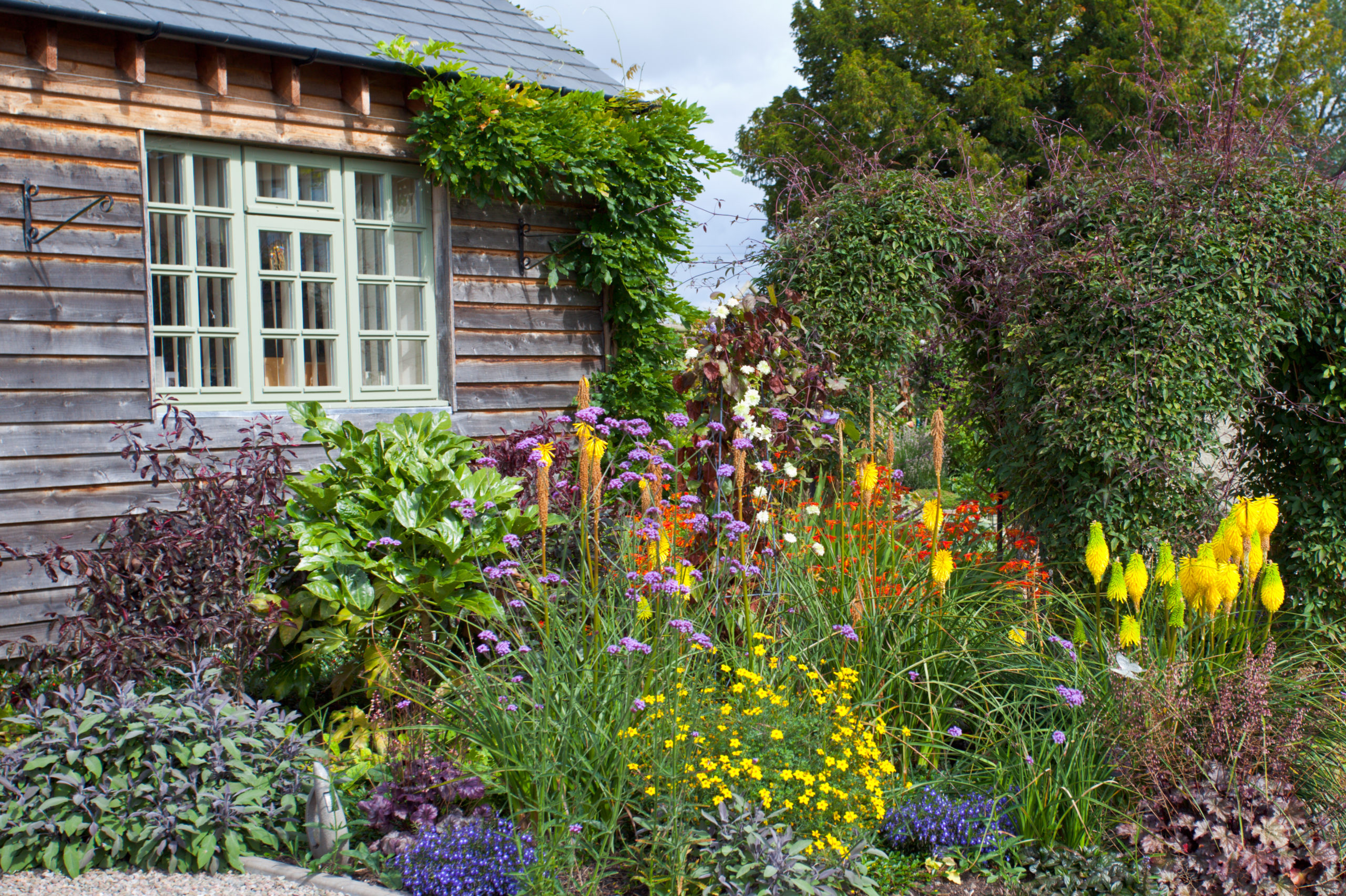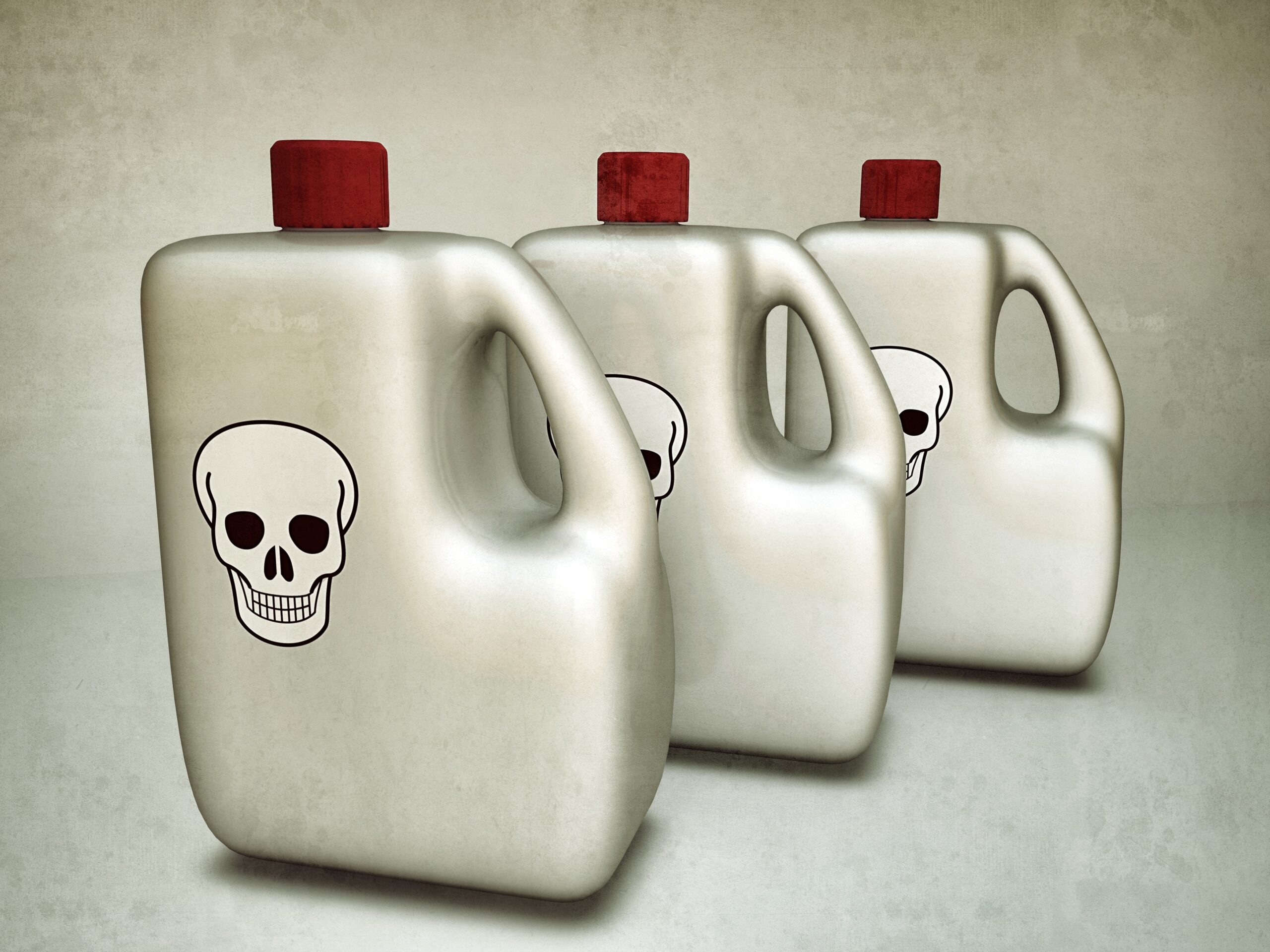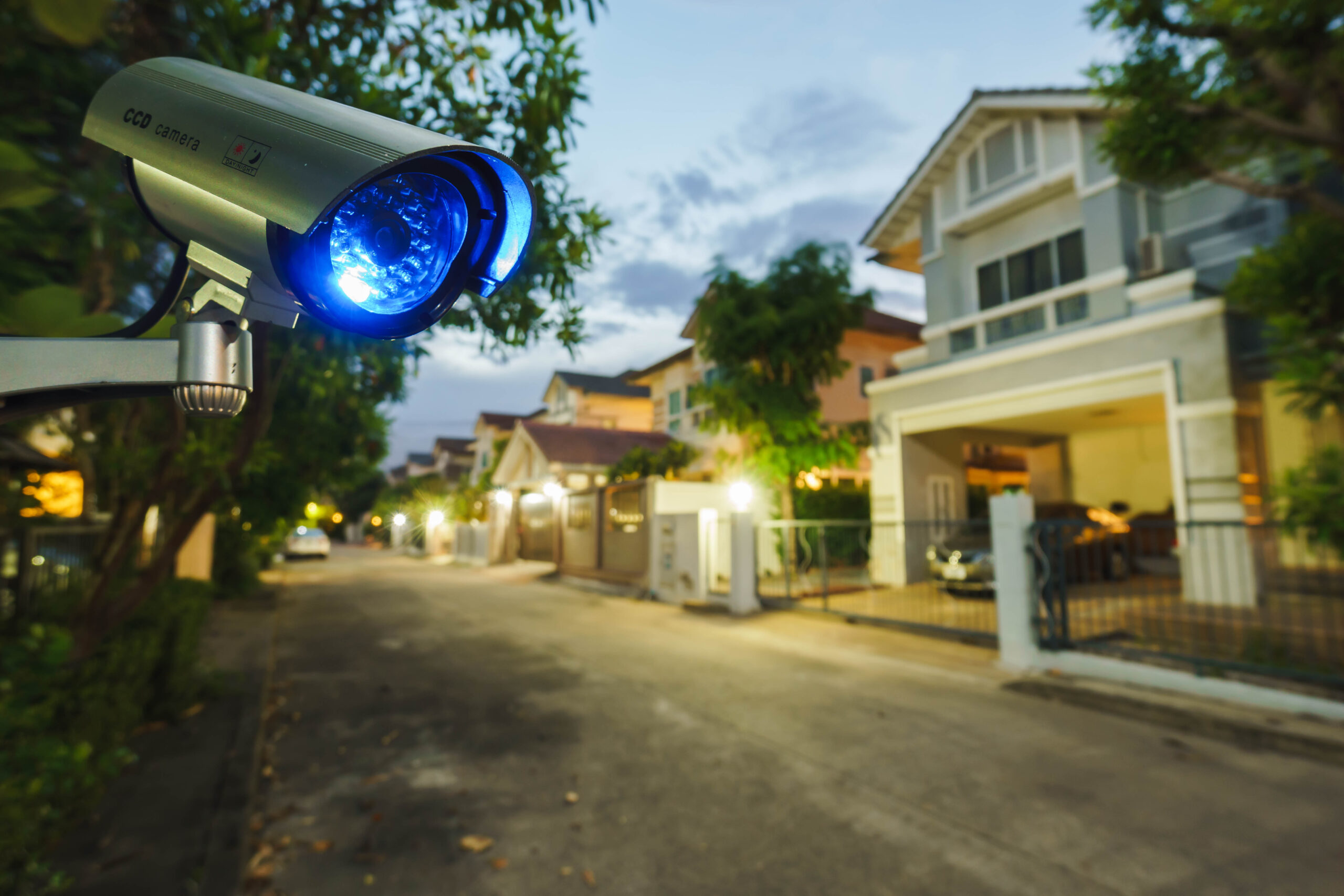by Calle Mendenhall
Despite increased time at home this year, no one wants to spend their time or energy on stressful, high-maintenance plants. Our lives are stressful enough these days. Instead, we want to spend time enjoying our surroundings, our families and our loved ones. With restricted access to our fitness centers, restaurants and stores, we’ve spent more time in yards and gardens this year. Selecting low maintenance plants allows us to spend more time enjoying our yards and gardens and not struggling with them.
When most people think of low maintenance plants, small green colorless shrubs usually come to mind. However, low maintenance does not have to mean boring. Low maintenance plants can be beautiful and add the right color and texture to your garden. Low maintenance plants can also attract butterflies and other small, welcomed, garden animals.
The first key to selecting the best options for your yard is to look at the country’s “grow zones”. A quick Google search will let you know the zone for your region. The United States has a zone range of 2-10. Once you know your zone, you can make the best choice for your yard. Here are some colorful, low maintenance and easy to find options for each zone.
- Queen Anne’s Lace (zone 2): This hardy annual has small upright bunches of white flowers. All you need to do is spread the seeds over the area you’d like to grow. Don’t worry if you do not see flowers the first year, Queen Anne’s Lace typically starts blooming flowers the second year. You can plant this in the early spring or in the fall when seeds will lie dormant.
- Blue Star (zones 2-8): This perennial blooms from about March to May. The flowers are blue to purple, and the plant can grow 1-3 ft tall. This plant would do well in a natural-looking garden. This plant may also grow the first year and bloom the second. You can plant these in the fall and over winter.
- Echinacea (zones 3-8): Also known as a “coneflower”, the flowers of these plants are usually pink or white and can grow from 2-4 feet tall. It is best to plant these in the fall. Echinacea typically blooms from early to midsummer and may repeat bloom through frost. Butterflies and bees love this plant.
- Yarrow (zones 3-9): This perennial grows a couple of feet tall and can be white, yellow, pink or red. Yarrow blooms in the late spring or early summer, with many species blooming into the fall. It is best to plant these in the spring or early summer.
- Coreopsis (zone 3-9): This plant has both annual and perennial species. Coreopsis is a sun-loving perennial with daisy-like flowers that bloom in the summer and fall and are 1-3 feet tall. The best time of year to plant these is in the fall. If you choose a perennial variety, it will likely start blooming the second year.
- Zinnias (zone 3-10): These are a common and popular annual flowering plant. There are many varieties, and because they grow fast, they are wonderful at keeping weeds out. Zinnias are also excellent butterfly magnets and will help bring vibrant color and life to your garden. Plant these in the spring after the last frost.
Adding one or several of these low maintenance, flowering plants will give you the color your garden needs from spring through fall. Happy gardening!








Leave A Comment